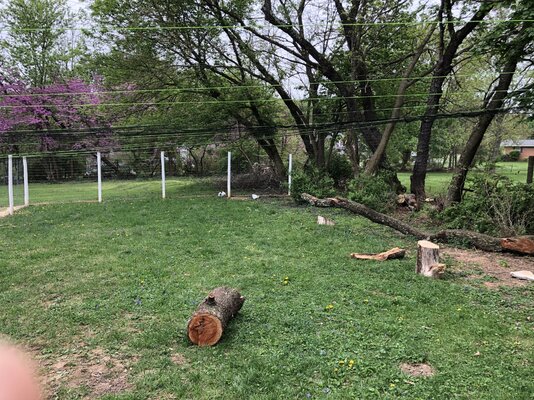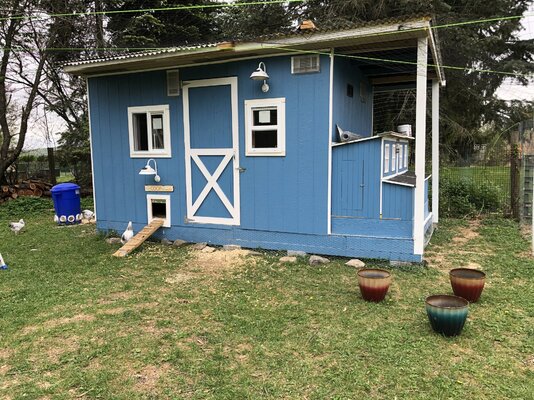Bmeadows
Chirping
- Apr 9, 2021
- 52
- 148
- 96
I currently have some
Chickens out in the coop 2.5 months old and I am adding some new ones in 2 weeks. I have read about the look no touch, that cannot be done. I do not have another coop to add them to. I have also read adding them at night is a good way to add them. My brother has had chickens for a while and he just adds them in with no problems except for the typical pecking order stuff. Any suggestions
Chickens out in the coop 2.5 months old and I am adding some new ones in 2 weeks. I have read about the look no touch, that cannot be done. I do not have another coop to add them to. I have also read adding them at night is a good way to add them. My brother has had chickens for a while and he just adds them in with no problems except for the typical pecking order stuff. Any suggestions





